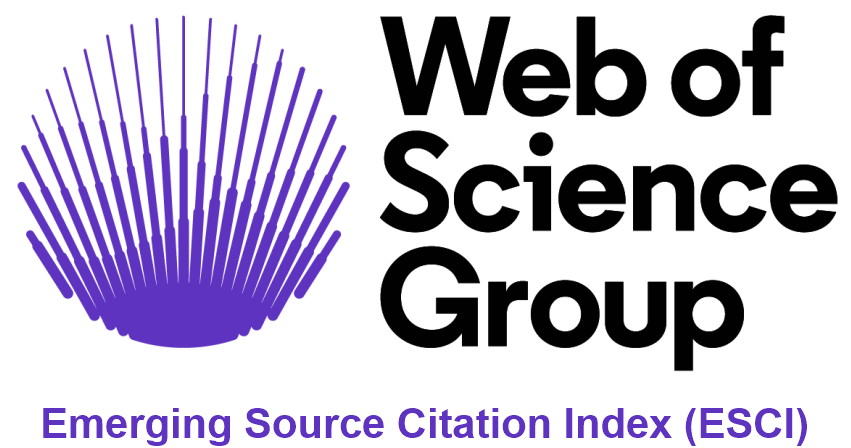Elements available to analyze social networks for rural development in México: The Rendrus case.
DOI:
https://doi.org/10.22231/asyd.v11i1.46Keywords:
food, knowledge, exchange, synergy, visualizationAbstract
In spite of the conditions of socioeconomic marginalization that countless rural producers experience in México, their abilities to invent and innovate their family systems for food production and income have helped them stimulate and escalate the technology transference process for agricultural and livestock production in México. Innovations have a differentiated impact to generate local strategies for rural development; an example of this is the construction of social networks for distribution and management of knowledge with the potential to impact development at the local or regional level. One of these socio-reticular mechanisms is the National Network for Sustainable Rural Development (Red Nacional de Desarrollo Rural Sustentable, RENDRUS), a space where various types of social actors who share their own successful experiences in rural development come together. For 17 years the RENDRUS forums have been organized around the dynamic of knowledge exchange between producers; this exchange is what authorizes speaking of integration of a cognitive structure with different levels of organization and impact on the rural environment in México. The study of these types of exchanges, through the Social Network Analysis (SNA) allows distinguishing the social construction of knowledge and its potential to promote, through this type of network of knowledge, rural development dynamics both at the level of community and for entire regions.Downloads
Published
2014-03-31
How to Cite
Núñez-Espinoza, J. F., Figueroa-Rodríguez, O. L., & Jiménez-Sánchez, L. (2014). Elements available to analyze social networks for rural development in México: The Rendrus case. Agricultura, Sociedad Y Desarrollo, 11(1), 1–24. https://doi.org/10.22231/asyd.v11i1.46
Issue
Section
Artículos
License
Authors who publish in this journal accept the following conditions:
- The authors retain the copyright and transfer to the magazine the right of the first publication, with the work registered with the Creative Commons attribution license, which allows third parties to use what is published as long as they mention the authorship of the work and the first publication in this magazine.
- Authors may make other independent and additional contractual arrangements for non-exclusive distribution of the version of the article published in this journal (e.g., including it in an institutional repository or publishing it in a book) as long as they clearly indicate that the work It was first published in this magazine.
- Authors are permitted and encouraged to publish their work on the Internet (for example on institutional or personal pages) before and during the review and publication process, as it can lead to productive exchanges and greater and faster dissemination of the work. published (see The Effect of Open Access).













